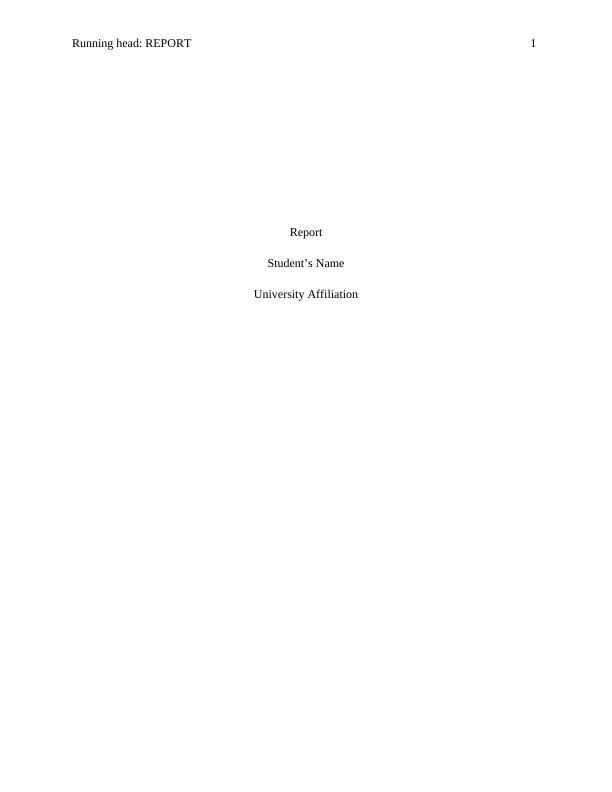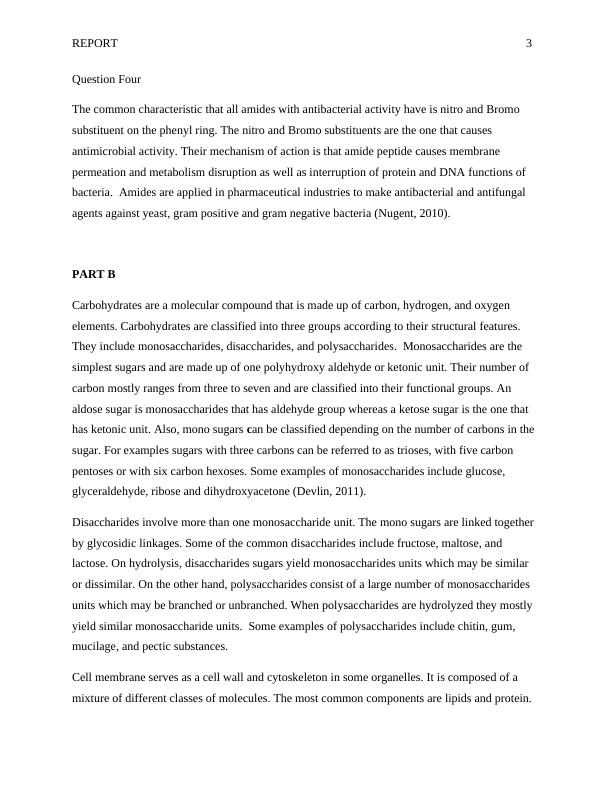Structure and Function of Biomolecules and Genetic Expression
Developing understanding of key concepts in Biochemistry related to health science.
9 Pages2244 Words122 Views
Added on 2023-05-31
About This Document
This report discusses the structure and function of biomolecules and genetic expression, including the basic features of amines, esters, and amides, and the mechanisms of DNA and RNA processes in an organism. It also covers the classification of carbohydrates and the components of the cell membrane.
Structure and Function of Biomolecules and Genetic Expression
Developing understanding of key concepts in Biochemistry related to health science.
Added on 2023-05-31
ShareRelated Documents
End of preview
Want to access all the pages? Upload your documents or become a member.
Biochemistry Assessment - Study Material for Carbohydrates, Proteins, Lipids and Nucleic Acids
|10
|2666
|205
BHS105A Biochemistry Assignment
|12
|3202
|730
Key Concepts in Biochemistry
|8
|2336
|378



